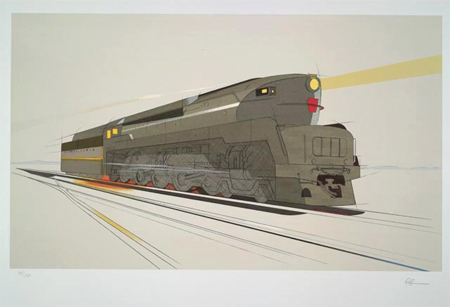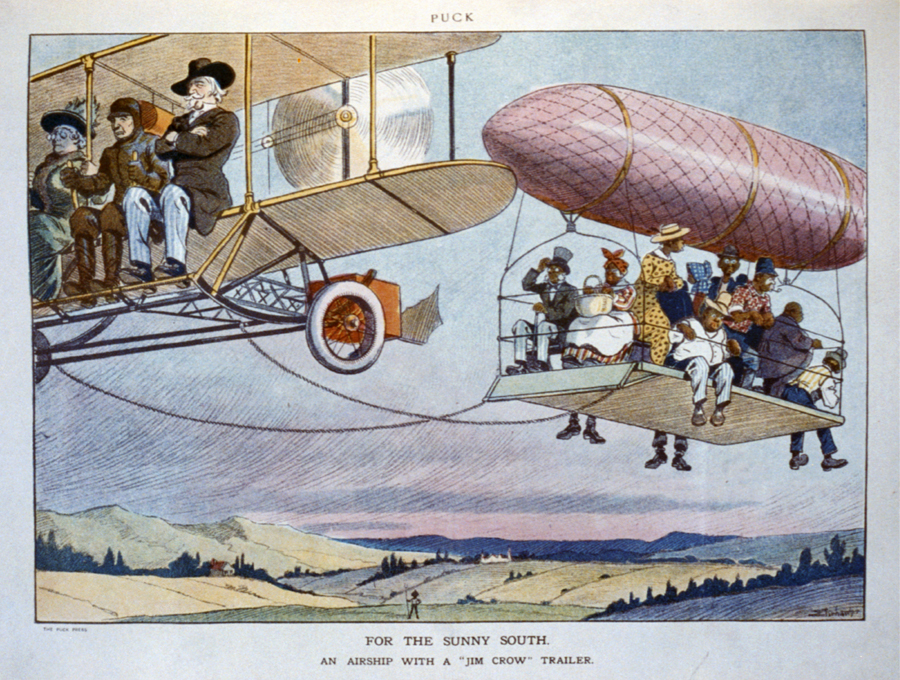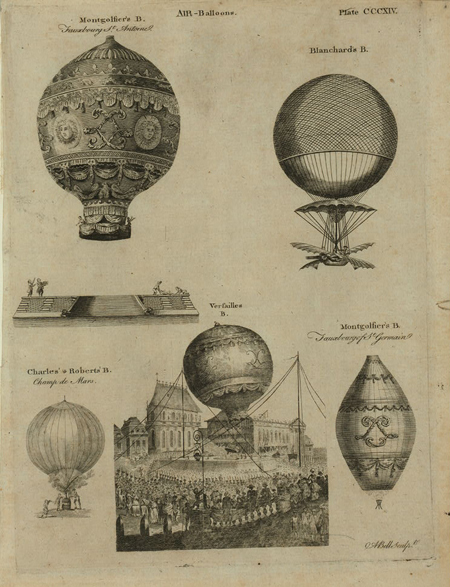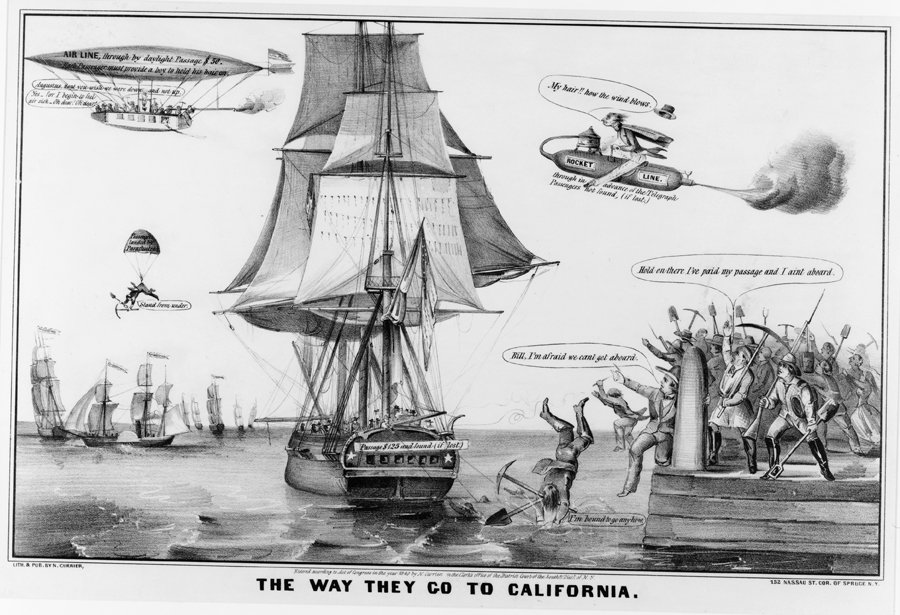Primary Source Spotlight: Transportation
Primary source sets Transportation primary source set with teacher’s guide Transportation image set Transportation maps Films & webcasts related to transportation Oral histories related to transportation Life history mentioning transportation Historical texts related to transportation Historical newspaper coverage: modes of transportation PSN curated primary source collections Air Balloons & Airships America’s Roadways B&O Railroad Bicycles Cable Cars C&O Canal…




